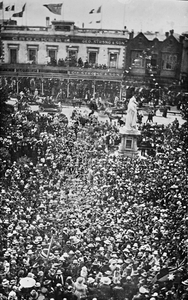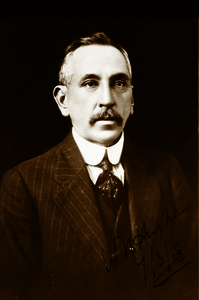William Morris (Billy) Hughes
William (Billy) Hughes (1862-1952) was the central figure in Australian politics for most of the First World War. Hughes entered the New South Wales parliament in 1894, after being an itinerant outback worker and storekeeper. Elected to the first federal parliament in 1901, he became prime minister in 1915. His failed attempt to introduce conscription for military service overseas by way of two plebiscites during the First World War shattered the Labor Party. He then left the Labor Party and formed a new government with the support of pro-conscription Labor and Liberal MPs, who later joined ranks as the Nationalist Party. He was eventually blackballed as prime minister by the Country Party, which demanded his replacement in return for entering into a coalition. Hughes still holds the record as the longest serving federal member of parliament, having been in the House from 1901 until his death in 1952.
Events
Billy Hughes becomes Prime Minister
Prime Minister Andrew Fisher resigns, due largely to his failing health. His deputy, Billy Hughes, replaces him. During Hughes’ term in office, Australia holds two separate referendums on the introduction of conscription, both of which are rejected. Hughes splits from the Australian Labor Party and establishes his own Nationalist Party in 1917. He represents Australia at the 1919 Versailles Peace Conference and establishes the Commonwealth Police Force. For more information, visit the Australian Prime Ministers Centre.
TAGS
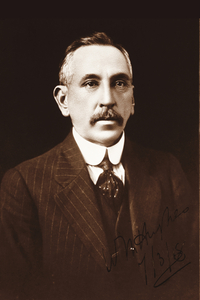
Western Front (1916–18)
At the end of the Gallipoli campaign in 1915, the Australian Imperial Force begins to move to France. All five divisions see much action on the Western Front and, as the enormity of Australian casualties become known in Australia, the number of men volunteering for service falls steadily. The federal government comes under sustained pressure from Britain to ensure that its divisions are not depleted. In 1916 it is argued that Australia needs to provide reinforcements of 5500 men per month to maintain its forces overseas at operational level. Prime Minister Hughes decides to ask the people in a referendum if they would agree to a proposal requiring men undergoing compulsory training to serve overseas. The referendum, held on 28 October 1916, is defeated with 1,087,557 in favour and 1,160,033 against.
TAGS
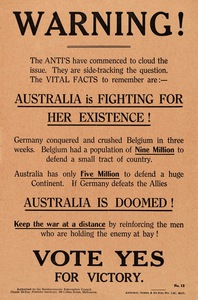
Conscription debate
As the Australian public learns of the enormity of Australian casualties on the Western Front, the number of men volunteering for service falls and Prime Minister W M Hughes puts the question of military conscription to the public. Australians are divided over the issue of compulsory conscription for overseas service, with conservative political parties, the media and most church leaders supporting conscription, while trade unions and many women’s groups oppose it. The referendum of 28 October asks ‘Are you in favour of the Government having, in this grave emergency, the same compulsory powers over citizens in regard to requiring their military service, for the term of this War, outside the Commonwealth, as it now has in regard to military service within the Commonwealth?’. The referendum is defeated with 1,087,557 in favour and 1,160,033 against. A second referendum in 1917 also fails and the issue divides the nation politically, socially and along religious lines.
TAGS

Nationalist Party forms
Billy Hughes and fellow members of the Labor Party who supported conscription are expelled from the Labor Party caucus. Hughes forms a new party, the National Labor Party, which a short time later, merges with the opposition Liberals to form the new Nationalist Party. This new party subsequently wins a majority of seats in its own right at the 1917 election and Hughes continues as Prime Minister.
TAGS
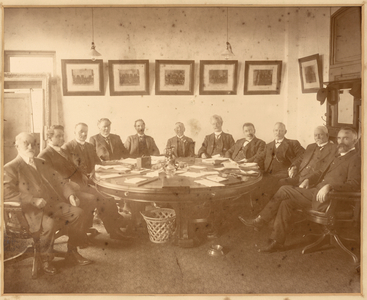
Commonwealth Police Force
Prime Minister Billy Hughes establishes Australia’s first Commonwealth Police Force comprising, at its peak, 50 plain-clothed police based mainly in Queensland. Hughes takes action following increasing tension over a range of issues, including conscription, with the anti-conscription Queensland Premier. Hughes is reputedly enraged by the lack of response by the Queensland police when he is hit by an egg during a public rally over conscription. The new force has full police powers for federal offences, but its main task is to report on subversive activities of those opposed to the war and the Commonwealth government. It is disbanded in 1919 when the threat of subversion is deemed to be not as serious as first thought.
TAGS
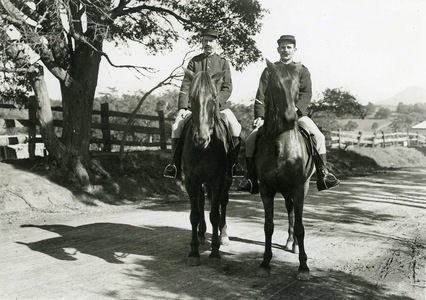
Armistice and Treaty of Versailles (1918–19)
The armistice to end World War I is signed on 11 November, and the Treaty of Versailles is concluded in June 1919. The Treaty of Versailles creates the Covenant of the League of Nations, and is signed by Prime Minister William Hughes and Minister for the Navy, Joseph Cook. This is the first political treaty signed by Australian officials, and the first negotiated with direct participation by Australian Government delegates after Hughes insisted on Australia’s right to attend the Peace Conference in its own right rather than be represented by Britain. He also persuades leaders from New Zealand, South Africa, Canada and the United Kingdom to oppose Japan’s bid for a racial equality clause to be inserted in the Covenant of the League of Nations.
TAGS
